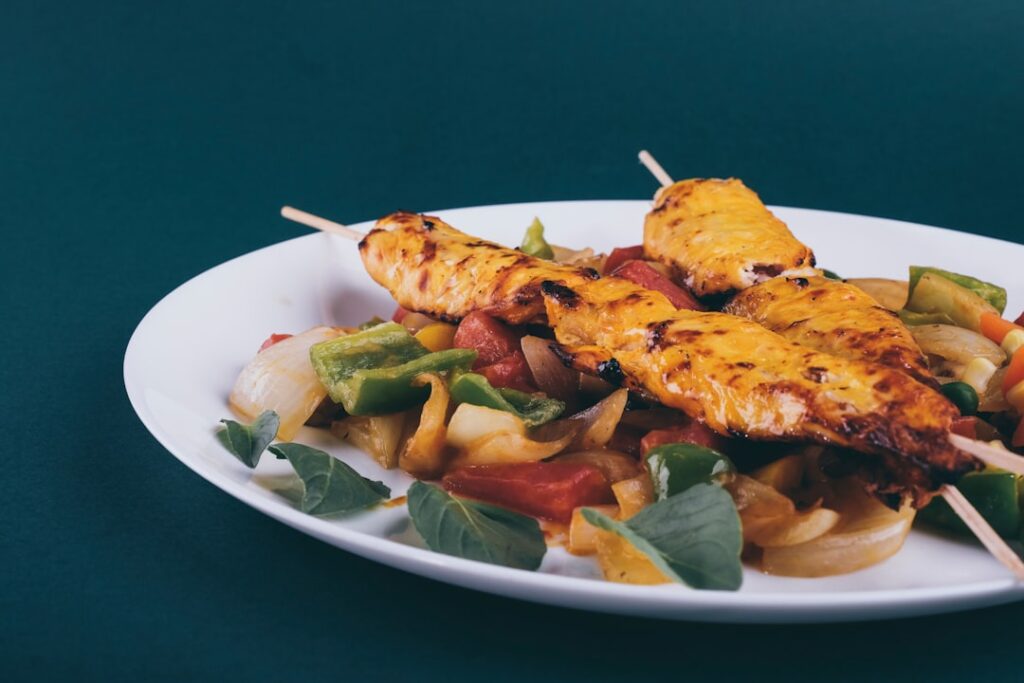Feeling overwhelmed by conflicting information about portion sizes? It’s a common struggle, but understanding how much you eat is crucial for maintaining a healthy weight and overall well-being. This guide will demystify portion sizes, providing clear visuals and simple steps to help you navigate the world of healthy eating. We’ll focus on practical strategies you can implement immediately, regardless of your experience level.
Step 1: Understanding Your Palm and Fist
Forget complicated measuring cups and scales. Your hands are your best tools for estimating portion sizes. This method is easily adaptable to any meal, making it incredibly practical for daily use.
-
Protein: Your palm is a good measure for the amount of protein you should have per meal. This translates to roughly 3-4 ounces of cooked meat, poultry, fish, or tofu.
-
Carbohydrates: Your fist represents a serving of carbohydrates, such as rice, pasta, or potatoes. This visual cue helps you avoid overeating these energy-dense foods.
-
Fruits and Vegetables: You can use your fist, or even a larger portion for fruits and vegetables. Aim for at least half your plate filled with these nutrient-rich foods. Variety is key!
Step 2: The Plate Method: A Visual Approach
The plate method is a simple yet effective strategy to create balanced meals. Imagine your dinner plate divided into three sections:
-
Half the plate: Fill half your plate with non-starchy vegetables like broccoli, spinach, carrots, or peppers. These are low in calories and high in fiber, promoting satiety and providing essential nutrients.
-
One-quarter of the plate: Dedicate one-quarter to lean protein sources, such as grilled chicken breast, fish, beans, or lentils. Remember to use your palm as a guideline for the appropriate amount.
-
One-quarter of the plate: Fill the remaining quarter with whole grains, such as brown rice, quinoa, or whole-wheat pasta. Again, refer to your fist as a visual guide for portion control.
Step 3: Listening to Your Body’s Cues
While visual guides are extremely helpful, it’s equally important to pay attention to your body’s signals. Eat slowly and mindfully, savoring each bite. Learn to recognize feelings of fullness and stop eating before you feel overly stuffed.
Step 4: Adjusting for Your Individual Needs
These guidelines are a starting point. Factors like age, activity level, and overall health goals influence your individual caloric needs. If you’re unsure about your specific requirements, consider consulting a registered dietitian or nutritionist for personalized advice.
Step 5: Practice Makes Perfect
Implementing these changes takes time and practice. Don’t get discouraged if you slip up occasionally. The key is consistency. Start by focusing on one or two changes at a time, gradually incorporating more techniques as you feel comfortable. Be patient with yourself, and celebrate your progress along the way.
By mastering portion sizes through these visual cues and mindful eating practices, you’ll be well on your way to a healthier and more balanced relationship with food. Remember, sustainable changes are more important than drastic measures. Start small, be consistent, and enjoy the journey towards a healthier you.
Photo by Sam Moghadam on Unsplash

